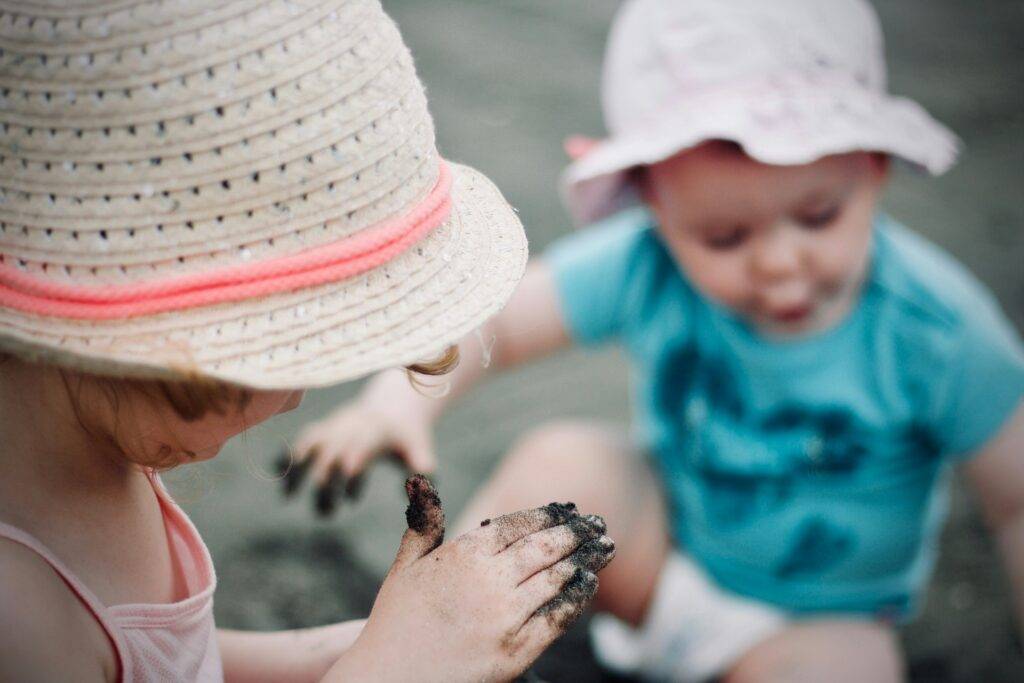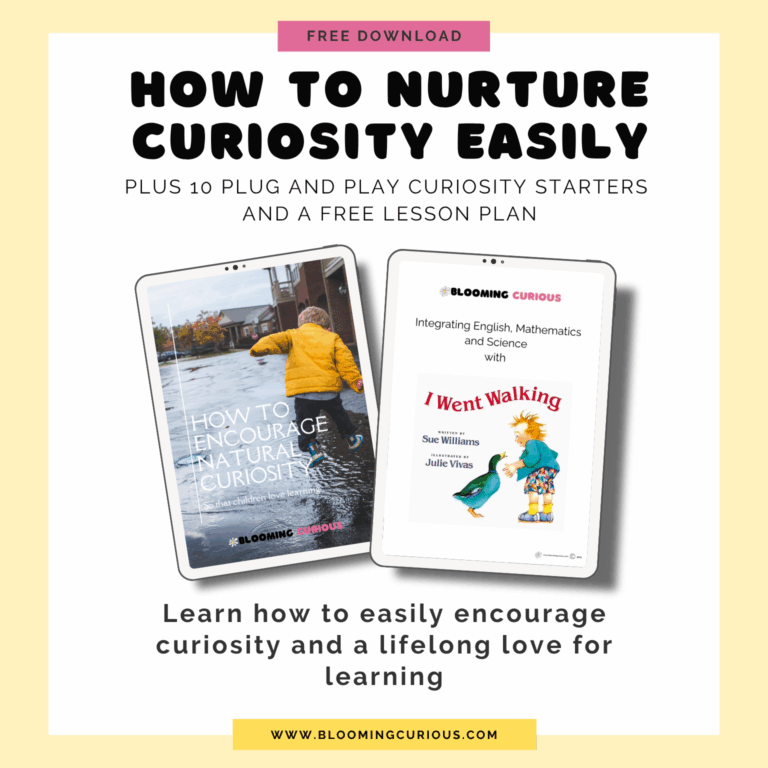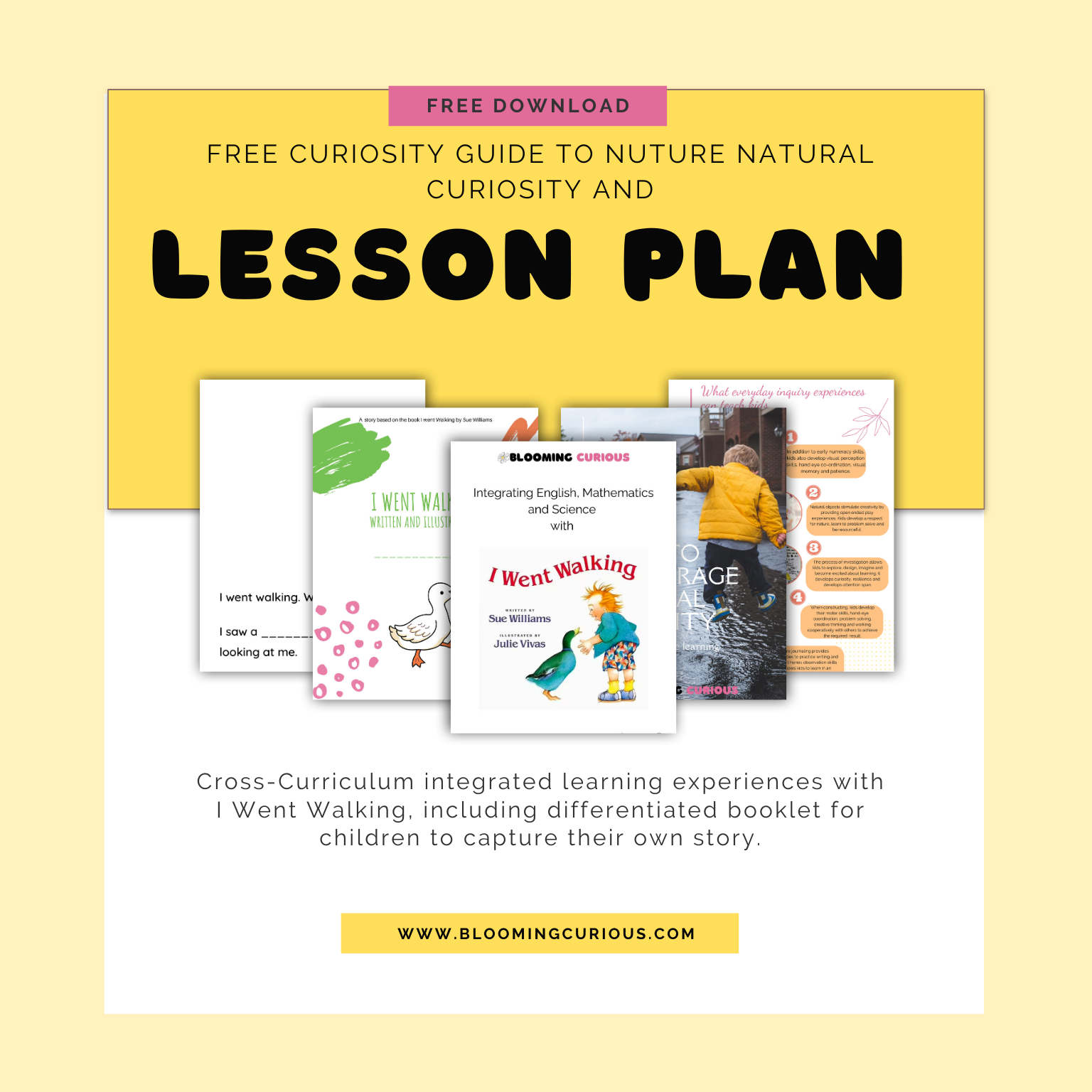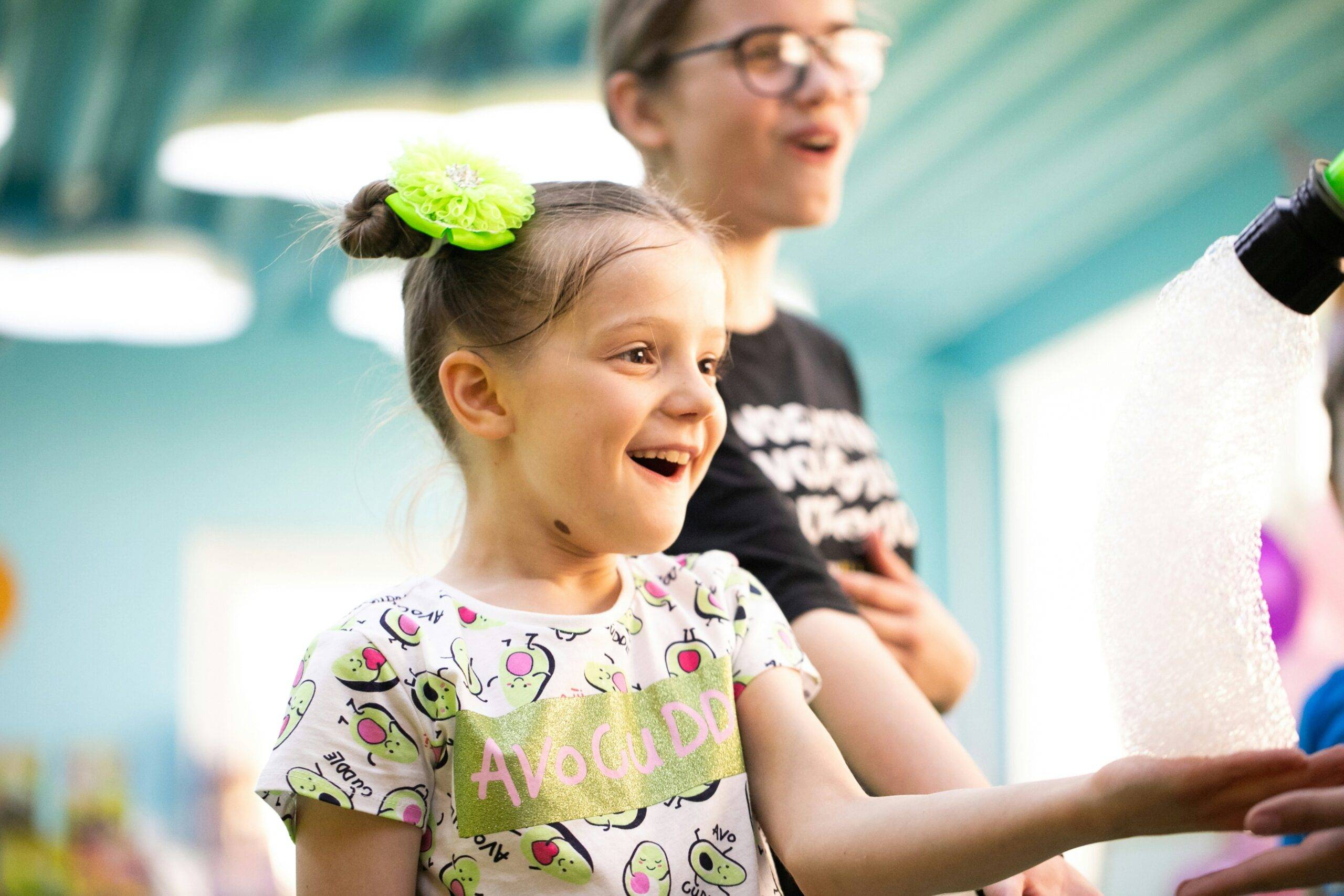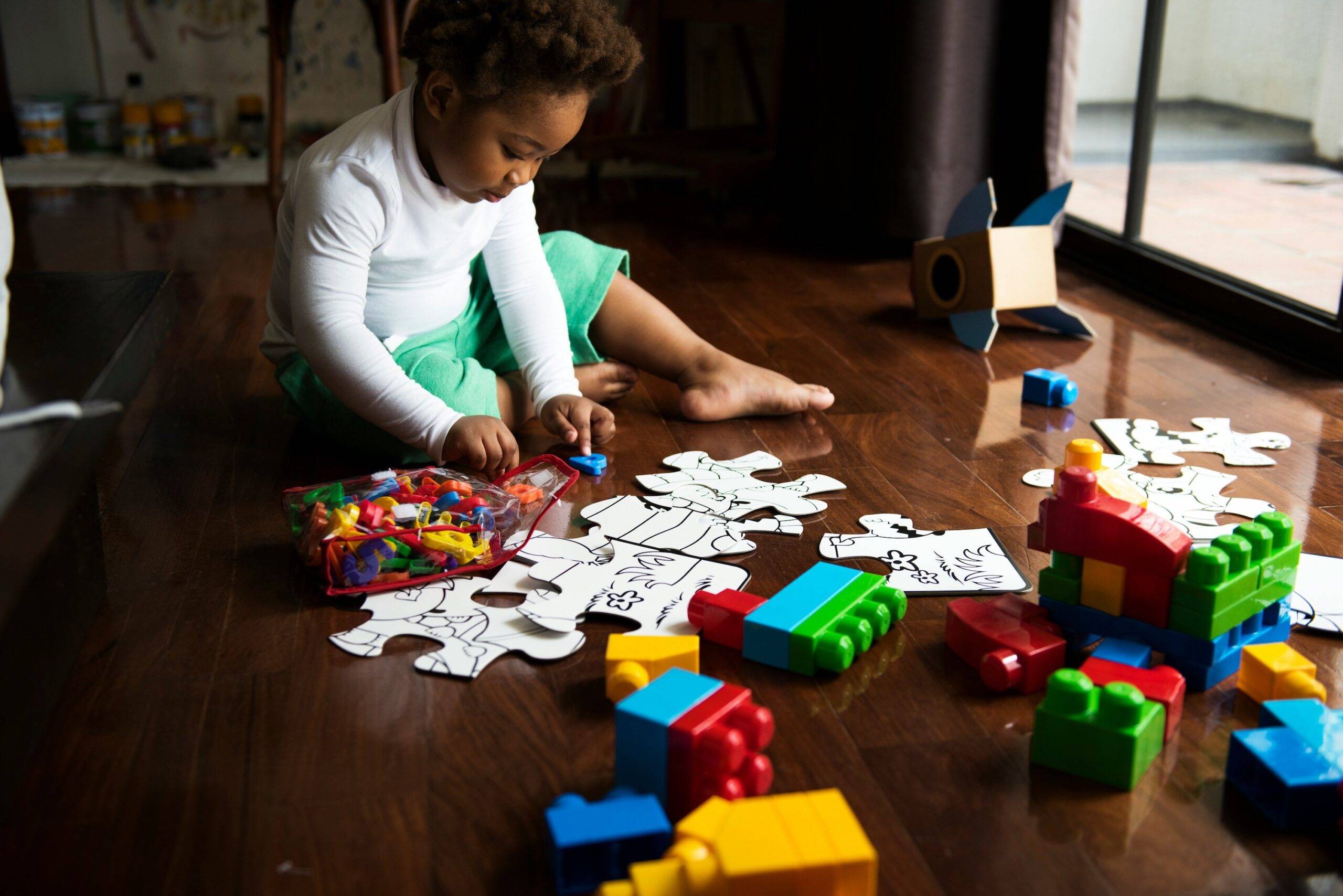Some of the links below may be affiliate links. This means that, at zero cost to you, I will earn an affiliate commission if you click through the link and finalise a purchase. All product recommendations are products that I have used and loved, or products that I would recommend based on experience.
The Essence of Curiosity
Picture this: every one of us is born with an insatiable curiosity, a burning desire to explore, discover, and make sense of the world around us. It’s in our DNA. From the moment we enter this world, we’re like little detectives, using our senses to unravel the mysteries of our surroundings. Babies touch everything, taste everything, listen to every sound – it’s how they build their understanding of the world, piece by piece.
In the early years, this drive to explore and play is what we call curiosity. It’s the cornerstone of all learning, the spark that ignites the flame of inquiry. As children question, experiment, and test, they’re not just learning – they’re sculpting their brains, weaving a complex web of knowledge, known as schema, that grows with every experience. Listen to episode 17 of the Blooming Curious Podcast where I take a deep dive into what’s happening to curiosity.
Factors Diminishing Curiosity
But here’s the thing: despite being born with this natural curiosity, it often fades as we grow older. Why? Well, there are a few culprits:
Poverty and Family Dynamics: Research, like Maslow’s Hierarchy of Needs, shows us that children raised in impoverished or unstable environments face significant challenges in nurturing their curiosity. They lack the resources and opportunities needed to fuel their thirst for knowledge. Check out this post to learn more about how Maslow’s Hierarchy of Needs impacts children’s learning.
Dr Bruce D. Perry, MD, PhD identifies the next three factors as responsible for the extinguishing of curiosity.
Fear and Adult Disapproval: Fearful environments and adult disapproval can suppress a child’s natural inclination to explore and ask questions.
The Absence of Adult Caregivers: Without supportive adults to share discoveries and provide reinforcement, children may struggle to thrive.
Find out more about Dr Perry here.
The Role of Technology: While technology can be a gateway to curiosity, excessive screen time can also dampen it. With one-dimensional digital experiences, children miss out on the rich, multi-sensory learning that real-world exploration provides. Educators around the world are witnessing how children’s language, vocabulary and behaviour are deteriorating in line with their increased access to technology. The passive reliance on technology for entertainment and information plays a role in limiting curiosity. It removes the active desire to question and wonder, and this lack of curiosity, I believe opens the door for others to exploit us, we only need to think about how the power of advertising affects each of us and our decisions to understand this. The one factor that can change all this and ensure that children do not become passive consumers, but rather active creators, is us, the adults in children’s lives.
The role of the adult: Perhaps it’s not the device or the technology itself that stifles children’s curiosity, but instead how we as adults, introduce and monitor the use of the technology. It is up to the adults in children’s lives to create opportunities for growth and curiosity and to ensure by our own actions that we ourselves don’t become the passive consumers of information and technology, but rather the active pursuers of it, so that we don’t extinguish by our actions or lack of them, that flame of curiosity that naturally burns in children.
Encouraging Curiosity: Practical Tips
To foster curiosity in children, consider implementing the following strategies:
- Model Curiosity: Lead by example and demonstrate curiosity through questioning, problem-solving, and sharing your thinking process.
- Encourage Questioning: Embrace children’s natural inclination to ask questions and promote open-ended inquiries that stimulate critical thinking.
- Facilitate Finding Answers: Guide children in exploring answers through various means such as books, videos, outdoor activities, and experiments.
- Promote Unstructured Play: Create opportunities for unstructured, imaginative play, which fosters cognitive, physical, and social-emotional development. When we consider play and learning we also need to consider how to set up both our indoor and outdoor environment to promote curiosity and wonder. Find out how to set up inspiring indoor environments and an inspiring outdoor environment by clicking on the links.
- Embrace Nature: Nature provides an ideal setting for exploration and discovery, offering diverse stimuli for children’s curiosity.
- Provide Open-Ended Materials: Offer materials that encourage creative expression and problem-solving, fostering resourcefulness and innovation.
- Engage in Thinking Games: Encourage participation in strategy games that promote cognitive skills and resilience without relying on technology, board and card games are excellent for developing a variety of skills.
- Cultivate a Love of Reading: Integrate reading into daily routines, emphasising both enjoyment and critical thinking skills.
The Power of Inquiry-Based Learning
Finally, let’s talk about inquiry-based learning. It’s not just a teaching method – it’s a mindset, a way of thinking that encourages curiosity, critical thinking, and problem-solving.Inquiry uses all these factors I’ve just mentioned and brings them together to help children create more schema, and keep that spark that is curiosity alive.
Conclusion
Curiosity is the cornerstone of learning and discovery. By understanding its importance and employing effective strategies, we can create environments where children thrive as active learners and critical thinkers. Join us on this journey of exploration and discovery as we delve deeper into the world of curiosity and inquiry-based learning.
Together, let’s cultivate a generation of curious minds ready to shape the future.
Stay in the know: Subscribe to Get Curious below, my weekly newsletter with tips, insights and inspiration for curious educators. Don’t forget to subscribe to the podcast so you don’t miss out on any future episodes.
Sharing is caring! If you like the content here and on the podcast then share it with a friend or colleague so that they can benefit too. Just click one of those sharing buttons below.
